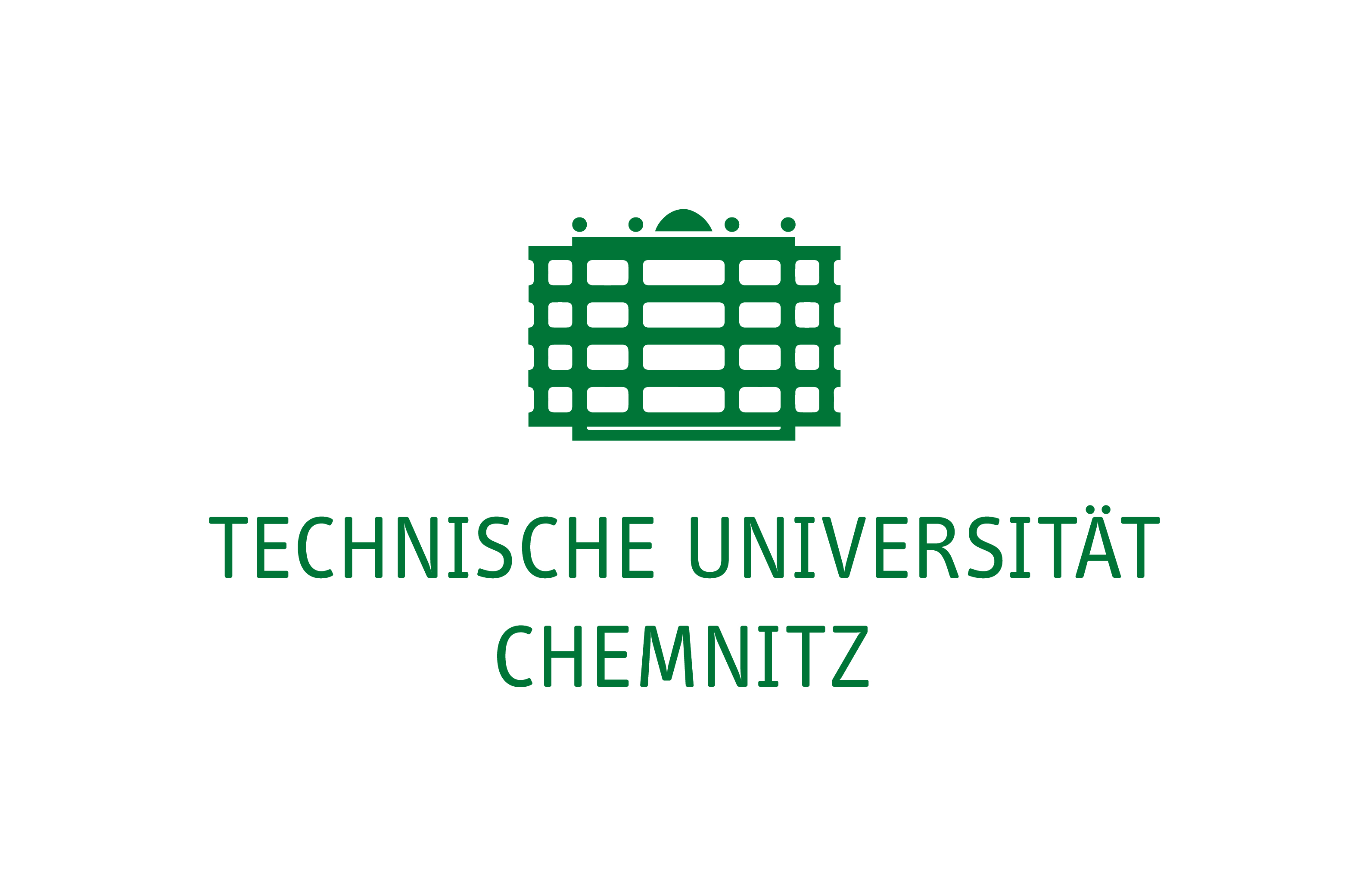About me
I am currently a post-doc in Dani Kaufman's Cluster Algebra group at the Max Planck Institute for Mathematics in the Sciences.
Until October 2025, I was a post-doc at the Technical University Chemnitz (Germany), under supervision of Prof Christian Sevenheck.
Previously, I was an Early Career Fellow of the London Mathematical Society, with support from the Heilbronn Institute for Mathematical Research, and hosted by Prof Nicolas Perrin at the Laboratoire de Mathématiques de Versailles in France (working remotely from the University of Kent). Before, I completed my PhD under supervision of Dr Clélia Pech and Prof Andrew Hone at the University of Kent, in Canterbury (UK). I did my Master’s and Bachelor’s degrees in Mathematics and Theoretical Physics at the University of Amsterdam (the Netherlands).
Research interests
My current research concerns mirror symmetry for (quasi-)cominuscule homogeneous spaces.
I consider mirror symmetry on the level of the (small) quantum cohomology of a variety. This is a modification of the cohomology ring by replacing the cup product with the so-called quantum product whose structure constants are given by Gromov-Witten invariants. These invariants can be considered to count the number of rational curves between three given subvarieties. Homogeneous spaces are projective varieties that can be realized as the quotient of a (complex) Lie or linear algebraic group. For these spaces, the quantum cohomology can be constructed [Rietsch] as the coordinate ring of a so-called mirror variety modulo relations obtained from the derivatives of a function called the superpotential. Such a pair of mirror variety and superpotential modeling the quantum cohomology of a variety is called a Landau-Ginzburg (LG) model.
To obtain a better geometric understanding of Rietsch's mostly Lie-theoretic LG model, this construction has been worked out in the specific cases of Grassmannians [Marsh-Rietsch], quadrics [Pech-Rietsch-Williams] and Lagrangian Grassmannians [Pech-Rietsch]. These examples of homogeneous spaces share the common property that they are cominuscule homogeneous spaces; this property greatly simplifies the relevant representation-theoretic structures. In particular, as a corollary of the geometric Satake correspondence, there is a natural identification of a basis of the cohomology these cominuscule spaces with a set of projective coordinates called (generalized) Plücker coordinates on their mirror varieties.
I have constructed a type-independent local Laurent polynomial expression for Rietsch’s potential in the cases of cominuscule homogeneous spaces, published in Transformation Groups (see DOI:10.1007/s00031-020-09636-07; see also arXiv:1912.09122). I have been working with Prof Nicolas Perrin to extend these results to adjoint homogeneous spaces, which form the second class of quasi-cominuscule spaces after the cominuscule cases.
I have also investigated Rietsch’s construction for the exceptional cominuscule family, i.e. the Cayley plane of type E6 and the Freudenthal variety of type E7, and I have derived generalized Plücker coordinate expressions for the mirror models. In collaboration with Charles Wang, we have also found cluster structures for the mirror varieties of the exceptional family. These results are published in the Journal of Algebra (see DOI:10.1016/j/j.jalgebra.2023.03.039; see also arXiv:2204.03548).
Inspired by the methods used for the exceptional family, Charles Wang and I continued to investigate these Plücker coordinate LG models. In our recent preprint (see arXiv:2410.05070), we used the combinatorics of minuscule posets to obtain a type-independent generalization. We found that the superpotential is closely related to the anticanonical divisor determined by the frozen cluster variables in the cluster structure of the mirror varieties. Moreover, the mirror variety and superpotential can be determined fully combinatorially using Dynkin diagram symmetries and order ideals of the minuscule poset. As an early-stage announcement of this result, we applied our type-independent methods on the maximal orthogonal Grassmannians parametrizing maximal orthogonal subspaces in a complex inner product space (see DOI:10.1007/978-981-97-6453-2_27; see also arXiv:2312.17656).
Recently, I have started considering mirror symmetry statements on the level of D-modules for homogeneous spaces. Results for minuscule homogeneous spaces [Lam-Templier] and partial results for quadrics [Pech-Rietsch-Williams] are available. Together with Prof Christian Sevenheck and Dr Yichen Qin, we will be considering further implications of these findings; in particular, we calculated the irregular Hodge numbers of Frenkel-Gross connections (see arXiv:2412.05849).
Although not part of my current research, I am interested in the broader aspects of mirror symmetry and algebraic groups, including topics as tropical geometry, the geometric Langlands corrrespondence, derived categories, and string theory.
